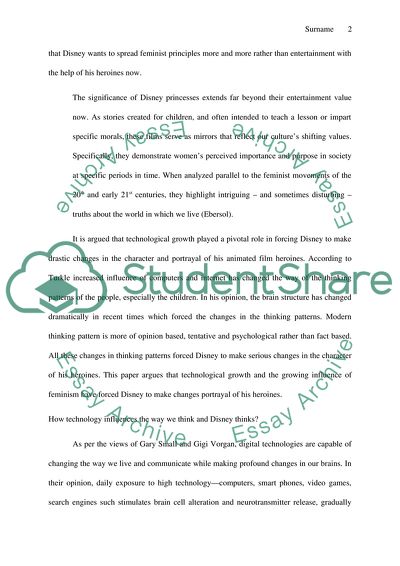Cite this document
(Disney Princess and Feminism Coursework Example | Topics and Well Written Essays - 2750 words, n.d.)
Disney Princess and Feminism Coursework Example | Topics and Well Written Essays - 2750 words. https://studentshare.org/gender-sexual-studies/1875849-disney-princesses-and-feminism
Disney Princess and Feminism Coursework Example | Topics and Well Written Essays - 2750 words. https://studentshare.org/gender-sexual-studies/1875849-disney-princesses-and-feminism
(Disney Princess and Feminism Coursework Example | Topics and Well Written Essays - 2750 Words)
Disney Princess and Feminism Coursework Example | Topics and Well Written Essays - 2750 Words. https://studentshare.org/gender-sexual-studies/1875849-disney-princesses-and-feminism.
Disney Princess and Feminism Coursework Example | Topics and Well Written Essays - 2750 Words. https://studentshare.org/gender-sexual-studies/1875849-disney-princesses-and-feminism.
“Disney Princess and Feminism Coursework Example | Topics and Well Written Essays - 2750 Words”. https://studentshare.org/gender-sexual-studies/1875849-disney-princesses-and-feminism.


